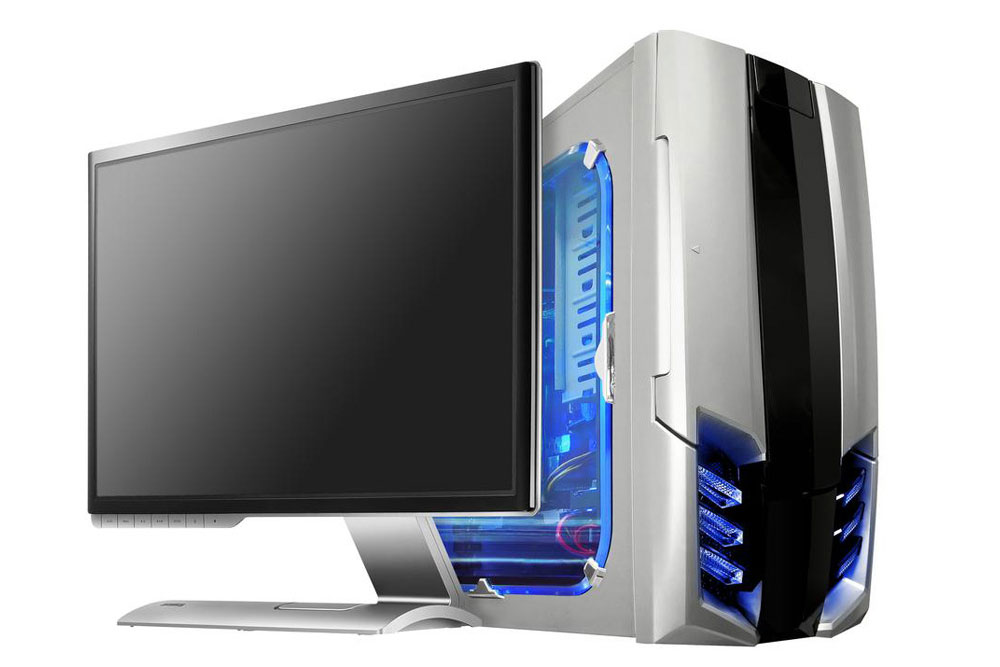Comprehensive Guide to Choosing the Perfect Desktop Computer for Your Needs
This detailed guide offers insights into choosing the perfect desktop PC tailored to various needs, covering hardware specifications, software, peripherals, and budget considerations. It helps users make informed decisions whether for professional work, gaming, or everyday use, ensuring optimal performance and value.

Comprehensive Guide to Choosing the Perfect Desktop Computer for Your Needs
Discover the essentials of selecting the ideal desktop PC tailored to your specific requirements. Despite the convenience and portability of laptops, desktops continue to be a preferred choice for many users—from professionals needing reliable performance to families seeking a versatile hub for daily activities and small businesses requiring scalable solutions. This comprehensive guide will walk you through the critical factors to consider, including hardware specifications, display options, software compatibility, peripherals, security measures, and after-sales support, ensuring you make an informed decision when purchasing a desktop computer.
In today's fast-evolving tech landscape, choosing the right desktop PC involves balancing performance, budget, and future-proofing. Whether you need a system for basic office tasks, multimedia creation, gaming, or enterprise use, understanding the key components and their impact on overall productivity is crucial. This guide emphasizes how to evaluate your specific needs, compare different models and brands, and consider essential features such as RAM, storage, graphics capabilities, and operating systems. Additionally, we will discuss the significance of peripherals like monitors and keyboards, security software to protect your investment, and the importance of after-sales service for peace of mind.
Let's explore the vital aspects that will help you pick the perfect desktop PC, from budget options for casual users to high-performance machines for gamers and professionals. By the end of this guide, you'll be equipped with the knowledge to make a confident purchase decision that aligns with your expectations and requirements.
Understanding Your Needs and Usage Scenarios
Before delving into specifications and features, it’s essential to identify your primary usage scenarios. Are you a student, a professional, a gamer, or a family user? Does your work involve intensive multitasking, content creation, or gaming? Clarifying these needs will narrow down the suitable hardware configurations and brands.
Key Hardware Components to Consider
Processor (CPU): The brain of your desktop, responsible for running applications efficiently. For everyday tasks, an Intel Core i3 or AMD Ryzen 3 might suffice. For heavy multitasking and demanding applications, consider an Intel Core i5/i7 or AMD Ryzen 5/7.
Memory (RAM): Determines how many tasks your system can handle simultaneously. A minimum of 8GB is recommended for most users; power users and gamers may prefer 16GB or more.
Storage: SSDs provide faster load times and better performance compared to traditional HDDs. A combination of SSD (for OS and frequently used applications) and HDD (for bulk storage) is ideal for many users.
Graphics Card: Essential for gaming, video editing, and 3D rendering. High-end graphics cards from brands like NVIDIA GeForce or AMD Radeon can significantly enhance performance.
Display: Screen size and resolution impact your visual experience. Options range from 21.5-inch Full HD displays to 27-inch 4K monitors. Select based on your work and entertainment needs.
Operating System and Software Packages
Windows remains the dominant OS for desktop computers, offering broad software compatibility and user familiarity. macOS is exclusive to Apple desktops, while Linux offers open-source flexibility. Evaluate your preferred OS and any additional software bundles, such as office suites, creative tools, or security programs.
Other Considerations for a Wise Purchase
Peripherals: A quality monitor, keyboard, mouse, speakers, and webcam enhance your user experience. Ensure compatibility and consider ergonomic designs.
Security Software: Invest in reputable security solutions like Norton, Avast, or Bitdefender to safeguard your system from malware and cyber threats.
Warranty and Support: Reliable after-sales support and warranty coverage are vital for minimizing downtime. Choose brands known for excellent customer service.
Upgradeability and Maintenance: Consider models that allow future upgrades, such as additional RAM slots or storage bays, to extend your system's lifespan.
Budget Ranges and Recommended Brands
Your budget significantly influences your options. For basic tasks under $500, brands like Acer, Lenovo, and HP offer budget-friendly models with decent performance for everyday use. For gaming or professional work, expect to spend upwards of $1,000, with brands like Dell Alienware, ASUS ROG, and MSI providing high-performance configurations equipped with advanced graphics and processing power.
Final Tips for Making an Informed Decision
Research thoroughly—read reviews, compare specifications, and check customer feedback. Visit local stores to test hardware firsthand if possible. Prioritize your needs over unnecessary features, and remember to factor in your long-term requirements to avoid frequent upgrades. Regular maintenance, updating security software, and practicing good system hygiene will keep your desktop running smoothly for years to come.
In conclusion, selecting the right desktop PC is a blend of understanding your core requirements, balancing performance and budget, and choosing reputable brands that offer quality support. With this comprehensive guide, you are now better prepared to find a desktop that aligns perfectly with your needs, whether for work, entertainment, or gaming, ensuring you make a worthwhile investment for years to come.





